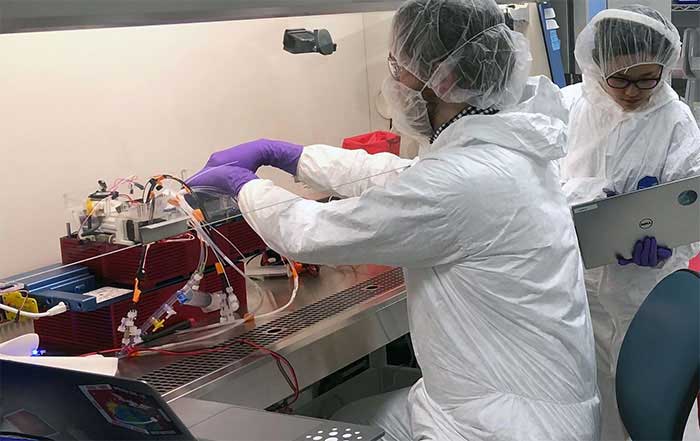You probably know about epilepsy and the devastation associated with it. May be you are even a victim. There is, however, some good news hovering around the corners. Researchers are currently working on new efforts to predict the cause of these seizures. Moreover, new technology is progressively being developed on ways to predict the seizures. The team is led by some leading researchers from a top tech company.
The researchers are working closely together with neurologists and experts from leading centers. These experts aim to come up with a unique computer system that works more like an artificial brain. The computer will, however, be programmed to carry out are a real human brain analysis.
The new software application is intended to make an interpretation of the human brain waves using a neural network. In this process, the proprietary computer hardware will analyze the brain waves of a patient. It is thought that this will become possible when the brain waves are channeled into the neural network. Of course, such efforts require much coordination to become a success.
The technology utilized in these endeavors is an experimental chip that was developed by IBM. It is called the TrueNorth. The device is designed with the kind of architecture that mirrors the human brain. For this reason, it is able to accomplish an efficient neural network.
The researchers work by connecting the computer chip to an external computer. This, in turn, connects to a wearable device that works together with a brain implant. The implant further sends an EEG-type of information to the computer or the wearable device. Finally, the computer will use this data in predicting exactly when an epileptic seizure is expected to happen.
Notably, the researchers want the new system to be available soon on a wearable device. This would help them carry out efficient analysis in real time. Further, they said that they only way for this technology to have a significant impact beyond existing on paper is to have the device working efficiently to help users.
It is expected that the new device will have the capacity to detect oncoming seizure. This will alert the patient and the doctors by means of a connecting smart phone. Moreover, the researchers expect to use the data obtained from these earlier studies on special implants. They hope to understand more about the underlying mechanisms of the brain activity in the course of a seizure.
It is the hope of researchers that this newly gathered information will help them refine the device to the extent that it can be used to stop the seizures altogether, well before they occur. The lead researcher, Stefan Harrer added that the device is expected to work in place of a malfunctioning brain. In effect, the computer would be compensating for the deficiencies of the brain. This is what will, ultimately, enable the device to stop the seizure.
Regardless, the researchers have encountered plenty of challenges on the road to making these new discoveries. For instance, from the onset, it has been a problem for the scientists to extract meaningful information from the noise generated by a patient’s brain. To do this, they have to find a means to detect a specific pattern of seizure for individual patients. Well, this has so far eluded them. They, however, say that they are inching closer to this every day.
For many people, the whole thing sounds much like a scene out of a science fiction movie. In reality, it seems that this is far beyond a mere unreality.
To illustrate, for a long time neurologists working from the University of Melbourne have been conducting studies involving less complex readings obtained from EEG implants attached to selected epilepsy patients. These studies have gone on for more than three years. Indeed, Harrer merely joined up with the team to make a success of their efforts.
Ultimately, the long term goal of these endeavors is that one day they will be able to connect an artificial network of neural to a live human body. Of course, this might happen many years in future. The researchers, however, believe that, not only will this become a reality, it must happen.

